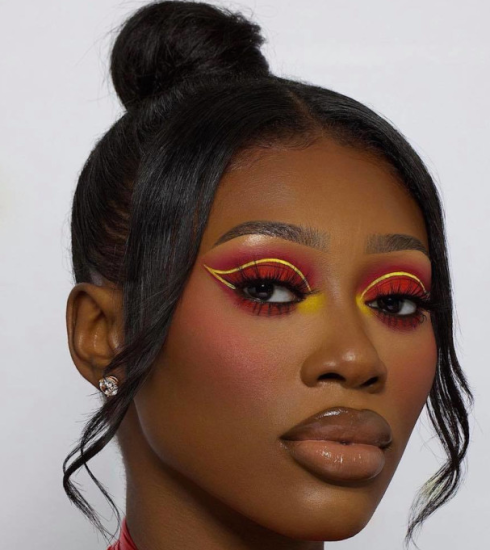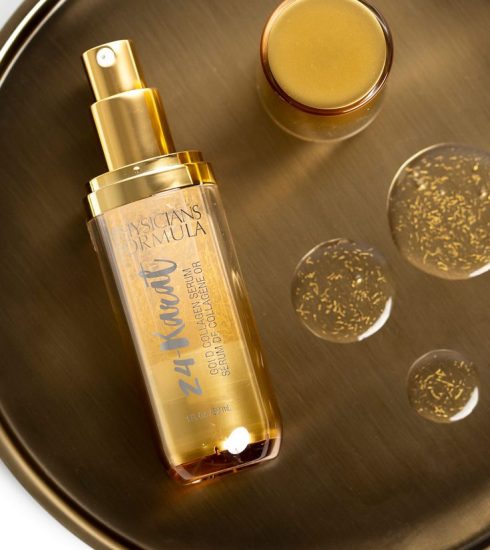5 Skincare Ingredients You Should Avoid Combining
Everybody wants the best skincare outcome—healthy, smooth, and radiant skin. Unfortunately, not every ingredient used in skincare works well with another. When you mix ingredients incorrectly, you may have discomfort, breakouts, or the opposite effect of what you were hoping for. Here are five ingredients you should never mix in your skincare routine to maximise its benefits.

(1) RETINOL AND VITAMIN C
Vitamin C helps brighten the skin and shield it from free radicals, while retinol is excellent for anti-ageing. But these two don’t work well together. Vitamin C is highly acidic, whereas retinol functions best in a neutral or slightly acidic environment. They can counteract one another when combined, which reduces their effectiveness. It is preferable to apply retinol at night and vitamin C in the morning to provide your skin with both advantages without irritating it.

(2) BENZOYL PEROXIDE AND RETINOL
While retinol is well-known for its anti-ageing and acne-fighting qualities, benzoyl peroxide is frequently used to treat acne. However, combining them can cause redness, dryness, and skin irritation. Both substances are highly effective and have the potential to over-exfoliate the skin, which could produce an imbalance in the moisture content of your skin. Use retinol at night and benzoyl peroxide during the day, or switch between the two on various days for optimal effects.

(3) BENZOYL PEROXIDE AND HYDROQUINONE
Avoiding combining hydroquinone with benzoyl peroxide in your skin care regimen is one of the most important pieces of advice dermatologist give their patients. When combined, they may have the exact opposite effect of what you intended and cause temporary skin discolouration.
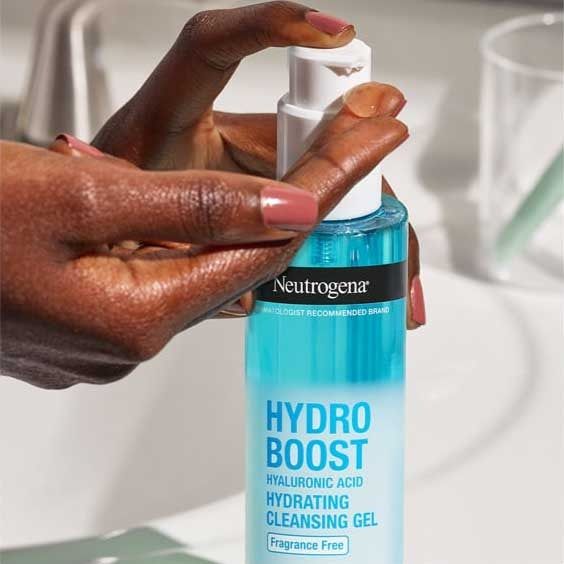
(4) AHAs OR BHAs AND RETINOL
While retinol is well-known for its anti-ageing properties, alpha-hydroxy acids (AHAs) and beta-hydroxy acids (BHAs) are commonly used for skin exfoliation. However, combining them can be too damaging to the skin. Both substances exfoliate the skin and increase cell turnover, which, if used excessively, can cause sensitivity, dryness, and irritation. Layering them in the same routine is best avoided. To prevent overstimulating your skin, you can use AHAs and BHAs on days when you are not using retinol.
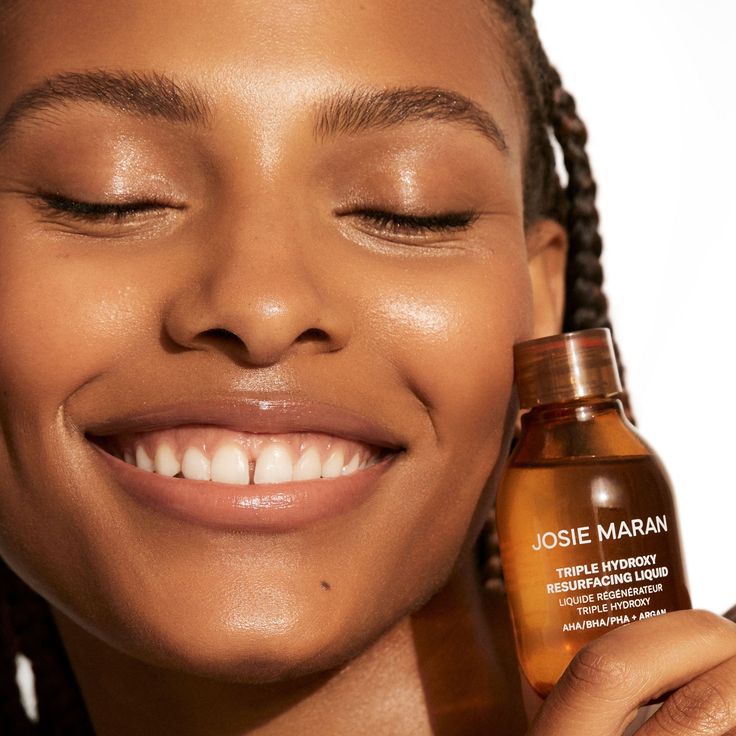
(5) DAPSONE AKA ACZONE AND BENZOYL PEROXIDE
As they say, “You’ll start looking like a carrot if you eat too many of them.” Without eating a single carrot, you may get the same type of orange discolouration on your skin by using topical dapsone and benzoyl peroxide at the same time. Use only one acne-treating substance at a time to preserve your natural colours. Additionally, keep in mind that benzoyl peroxide and salicylic acid work well together.
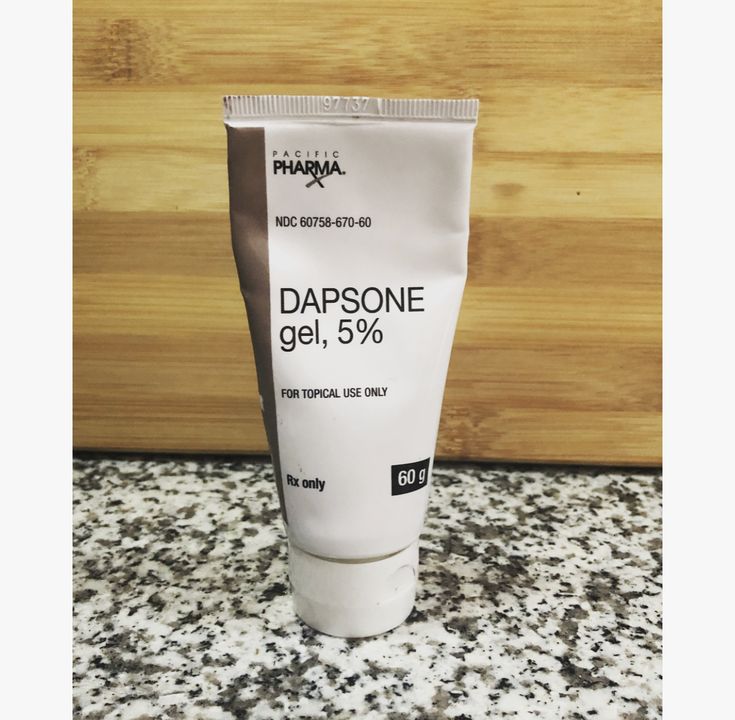
CONCLUSION
The key to a good skincare routine is figuring out the ideal ratio of complementary substances. Every element on the above list has advantages, but combining them incorrectly can cause more harm than good. Knowing which combinations to avoid will help you customise your skincare regimen to achieve the greatest possible results for your skin without causing needless irritation or harm.

Dorcas Akintoye is a versatile writer with a passion for beauty, fashion, relationships, and culinary delight. With a keen eye for detail and a passion for storytelling, she adds a touch of elegance to every topic she explores. She is a writer at THEWILL DOWNTOWN.





